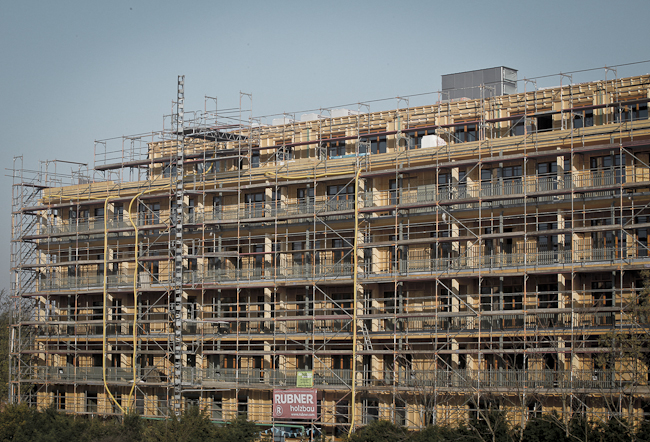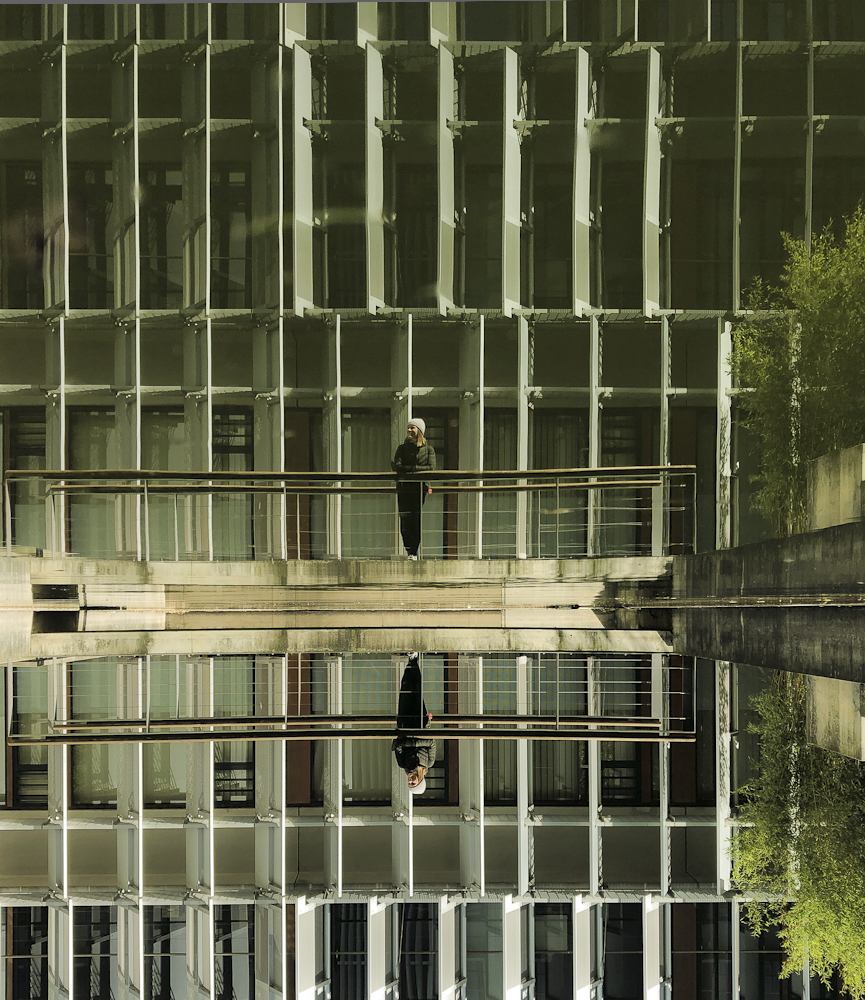Sustainability is a central issue of our time, gaining importance in almost all areas of life. Particularly in urban contexts, such as a growing metropolis like Berlin, sustainable approaches play a crucial role in urban development and construction. In this blog post, I would like to explore the principles of sustainability using current new construction projects in Berlin. It will explore how sustainability is implemented in architecture, urban planning, and construction processes, and the challenges and opportunities that arise.
The Importance of Sustainability in Construction
The construction sector is one of the world’s most resource-consuming industries. From raw material extraction and energy consumption during the construction phase to the subsequent operating costs of buildings, every phase of a building’s life cycle has an impact on the environment. Sustainability in construction therefore means using environmentally friendly materials, increasing energy efficiency, and designing buildings to produce as few CO₂ emissions as possible.
Sustainable aspects in Urban projects in Berlin
Berlin offers numerous exciting examples of sustainable construction. Here are some current projects that are considered beacons of a green construction future:
1. “Timber Berlin” Projects
A notable project in Berlin is the construction of multi-story buildings made of wood, for example in the Pankow district. Wood is a renewable raw material that stores CO₂ and has a significantly lower environmental impact than concrete. This type of wood construction exemplifies sustainable architecture that is modern, durable, and environmentally friendly.

Multi-story row building in timber construction
2. Energy-efficient building concepts
Another flagship project is the “Energy Bunker Project” in Berlin-Marzahn. These buildings use cutting-edge technologies such as solar thermal energy, photovoltaics, and heat pumps to achieve energy self-sufficiency. Such concepts set new standards for climate-friendly living in the city.

At the Adlershof Technology Park, there is widespread use of sustainable and environmentally friendly planning tools and technologies.
3. Urban Gardening in Neighborhoods
In new residential neighborhoods such as the “Schöneberger Linse,” urban gardening is a top priority. Community gardens and green roofs are an integral part of the planning. They not only promote social interaction but also contribute to improving air quality and biodiversity in the city.

Challenges of Sustainable Urban Development
As impressive as these examples are, sustainable construction also brings with it challenges. These include:
- Costs: Sustainable building materials and technologies can initially result in higher costs. While they reduce operating costs in the long term, the initial investment is a hurdle for many construction projects.
- Regulation: Legal requirements regarding energy efficiency and environmental standards are important, but can also lengthen the planning process.
- Acceptance: Residents and investors must be convinced of the benefits of sustainable construction. This requires extensive information campaigns and pilot projects.
The Vision of a Sustainable City
Sustainable new construction projects make a significant contribution to shaping Berlin as a livable and environmentally friendly city. The integration of green spaces, the use of renewable energies, and the creation of community spaces are steps in the right direction. The goal is to create a city that not only meets the needs of today’s population but also leaves a healthy environment for future generations.
Conclusion: Sustainability in new development areas is not an end in itself, but a necessity. It offers the opportunity to make not only buildings but entire neighborhoods fit for the future. Berlin’s current projects demonstrate how innovative and diverse sustainable construction can be – a model that is also attracting attention in exchange with our European and international partners.
Berlin has used renewable energies in its buildings in a variety of innovative ways:
- Photovoltaic systems: Many buildings, such as the Adlershof Technology Park, use solar panels to generate electricity. The Institute of Physics, for example, has a solar façade with thin-film solar modules.
- Geothermal energy: In some buildings, vertical ground loops are used to generate heating and cooling energy. This method is both efficient and sustainable.
- Air-to-water heat pumps: In projects such as “Future Living Berlin,” photovoltaic heat pumps provide heating and hot water. This approach seamlessly integrates renewable energies into living.
- Rainwater management: Although not directly energy-related, some buildings have systems for storing rainwater for cooling purposes, reducing dependence on conventional energy sources.
Berlin’s commitment to renewable energy is evident in these examples, which demonstrate a blend of technology and sustainability.
